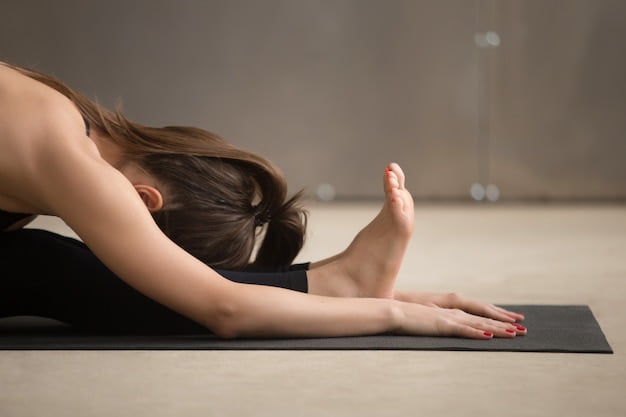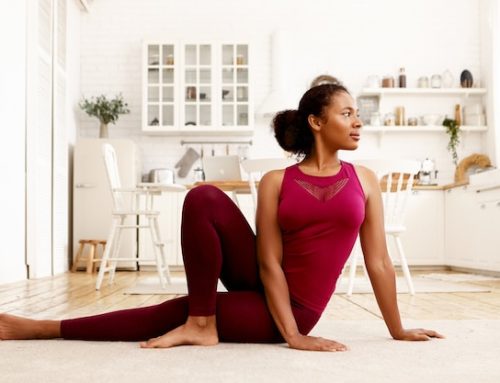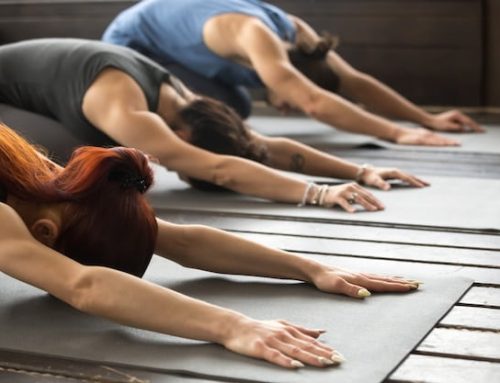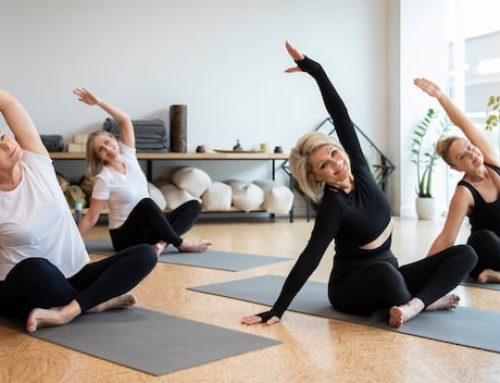Why am I so stiff and not flexible?
Stretching is an essential component of a healthy lifestyle, yet most people overlook its importance. Many people feel stiff and inflexible, which can be attributed to a lack of stretching. There are several reasons why you may feel stiff and inflexible, and in this article, we will explore some of the common causes.
Inactivity
One of the most common reasons why people become stiff and inflexible is inactivity. It is easy to fall into the trap of a sedentary lifestyle, where we spend most of our time sitting or lying down. Over time, this lack of movement can cause the muscles to become tight and shorten, leading to stiffness and reduced flexibility.
Age
As we age, our bodies undergo several changes, and one of them is a decrease in flexibility. This is because the muscles, tendons, and ligaments lose their elasticity, making them less able to stretch and move. It is important to note that this does not mean that you cannot improve your flexibility even as you age.
Medical conditions
Certain medical conditions can also contribute to stiffness and inflexibility. For example, arthritis can cause joint stiffness and reduce the range of motion. Additionally, conditions such as fibromyalgia and multiple sclerosis can cause muscle stiffness and reduce flexibility.
Injuries
Injuries to the muscles, tendons, and ligaments can also lead to stiffness and reduced flexibility. When the body experiences an injury, it initiates a healing process that can cause the tissues to become stiff and inflexible. If you have suffered an injury, it is important to take steps to rehabilitate the affected area to prevent long-term stiffness and reduced flexibility.
Strain and stress
Strain and stress on the body can also contribute to stiffness and a lack of flexibility. For example, if you have a job that requires you to do repetitive motions or lift heavy objects, it can cause strain on the muscles and joints, leading to stiffness. Similarly, stress can cause tension in the muscles, which can lead to stiffness and reduced flexibility.
Poor posture
Maintaining good posture is essential to preventing stiffness and improving flexibility. Poor posture, such as slouching or hunching over a computer, can cause the muscles to become tight and strained, leading to stiffness.
The benefits of stretching
Stretching is a simple and effective way to improve flexibility and prevent stiffness. It helps to lengthen the muscles, tendons, and ligaments, increasing their range of motion and reducing the risk of injury. Additionally, stretching can improve circulation, reduce tension, and promote relaxation.
Types of stretching
There are several types of stretching, and each one has unique benefits. Here are some of the most common types:
- Static stretching: This involves holding a stretch in a stationary position for a period of time.
- Dynamic stretching: This involves stretching through movement, such as lunges or arm circles.
- PNF stretching: This involves a combination of static stretching and contracting the muscle being stretched.
How to incorporate stretching into your routine
Adding stretching to your routine is easy and can be done in several ways. Here are some tips to help you get started:
- Stretch before and after exercise to warm up and cool down the muscles.
- Take breaks throughout the day to stretch, especially if you have a sedentary job.
- Try incorporating yoga or pilates into your routine, as these activities focus on stretching and flexibility.
Conclusion
Stiffness and reduced flexibility can be caused by several factors, including inactivity, age, medical conditions, injuries, strain and stress, and poor posture. Fortunately, there are several ways to improve flexibility, including stretching. By incorporating stretching into your routine, you can improve circulation, reduce tension, and prevent stiffness and injury. So, take a few minutes each day to stretch and improve your overall health and wellbeing.






